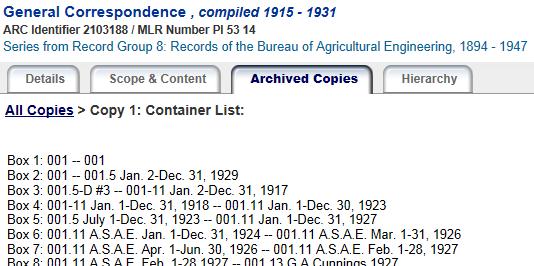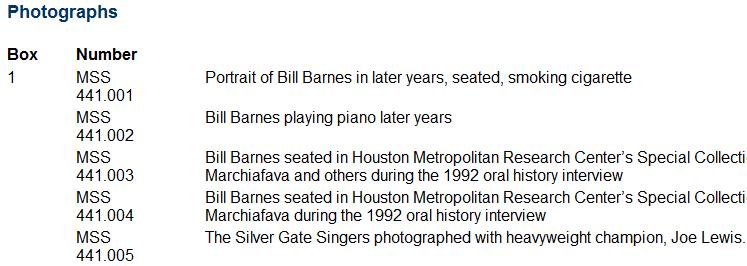
Although some institutions might have more distinct meanings for the two terms, "special collections" is often at least related to, if not synonymous with, "archives."
Just because an item is in an archive--even a digital one--copyright concerns and professional courtesy still apply. You should always cite the archive in your research paper or other intellectual work.
You should also ASK before republishing something found in an archive. You may need to obtain permission to reprint/republish the material.
archive noun
ar·chive | \ ˈär-ˌkīv \
1 : a place in which public records or historical materials (such as documents) are preserved an archive of historical manuscripts a film archive also : the material preserved —often used in plural reading through the archives
2 : a repository or collection especially of information
archive
n. a physical or digital collection of historical records
Society of American Archivists Dictionary of Archivist Terminology
Archives contain archival materials, which "are information objects that serve as evidence of past events" (Peter Van Garderen, 2007).
Whether in person or through online searching, researchers can locate many unique primary and secondary materials in an archive. Some common examples include:
 Picture
Picture
Archives are often available to any researcher; however, there are usually strict guidelines about exactly how collections may be accessed and used:
A digital archive is similar in purpose to a physical archive, but the historical documents and objects that provide evidence of the past have been digitized (often by scanning or photography, unless a document was created digitally in the first place) and made available online.
Digital archives can generally be grouped into three different types of collections:

Institutional Archives
Many are provided by physical archives, libraries, universities, museums, government agencies (local, state, or national), or other historical or cultural associations. These are often provided free of charge.

Personal or Thematic Archives
Some are created by individual people, small groups, or non-profit organizations with a common interest. These collections are usually free to access, but the quality and authority of these collections is not always as reliable or well-curated. These can of collections can certainly be valuable, but will require the researcher to spend more time evaluating the archive.

Subscription Archives
Others are put together by a publisher or another for-profit business who charge a fee to purchase or subscribe to the collection. Some collections may be marketed towards individuals, especially smaller collections or those with a specific genealogical focus, but larger and more expensive collections are often sold only to libraries.
Archivists work diligently to create detailed descriptions of their collections, not only describing the items in the collection, but often also providing background history on highly relevant people, places, and events.
Archivists create tools called finding aids which describe the collection and contain an index of its contents. This may be a simple inventory of folders or a detailed list of items within the folders.
Here is an example of a simple container list from the National Archives; this briefly describes the contents of each box in "Records of the Bureau of Agricultural Engineering, 1894 - 1947 -- General Correspondence, compiled 1915 - 1931."

Here is an example of a more detailed style of item list; this one comes from the Houston Public Library (via TARO) and describes the "Nathaniel 'Bill' Barnes Collection." This provides a greater level of detail, such as who and what is pictured in each photograph.

Once you identify an archive which has collections that may be relevant to your topic, locate their finding aids and spend some quality time assessing the content descriptions to determine what they have and how it might be relevant to your project.
Depending on the archive, finding aids might not be provided online, but it is becoming more common, to the great benefit of researchers. When digging through an archive's website in search of finding aids, keep an eye out also for closely related terms like inventory or collection description. They may also simply present a "catalog" for you to search; an archive's catalog will usually search its finding aids and (if applicable) any digital items they have.